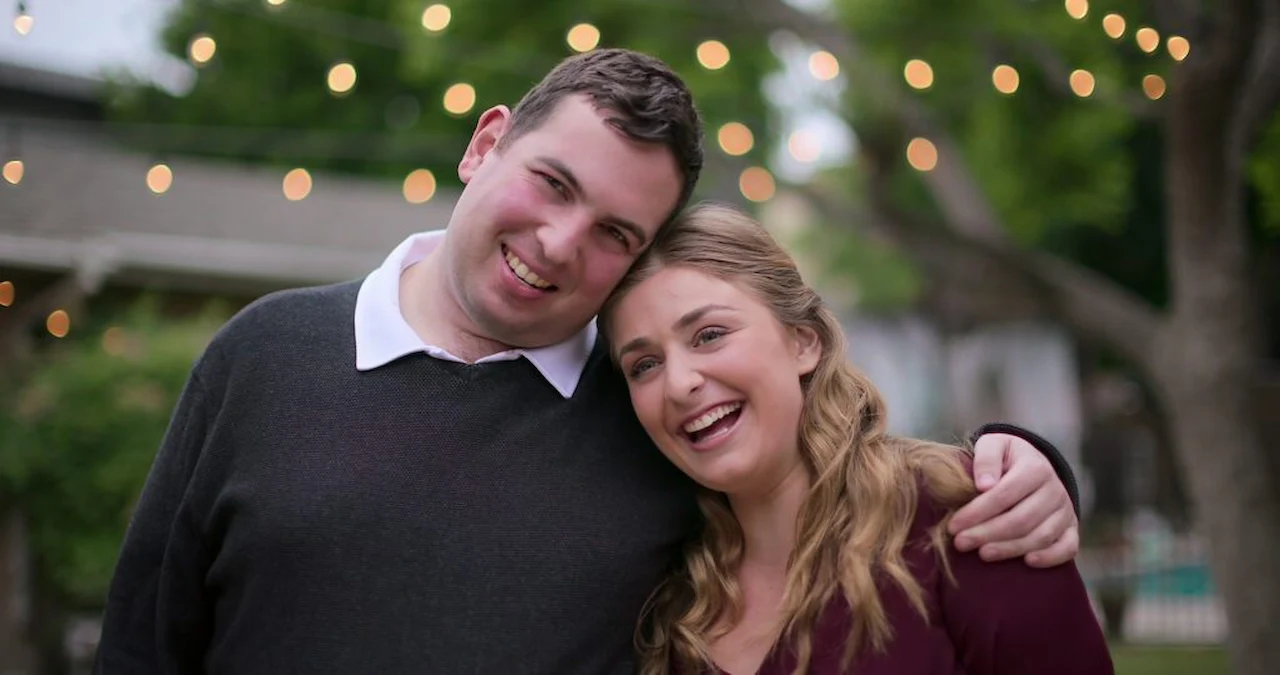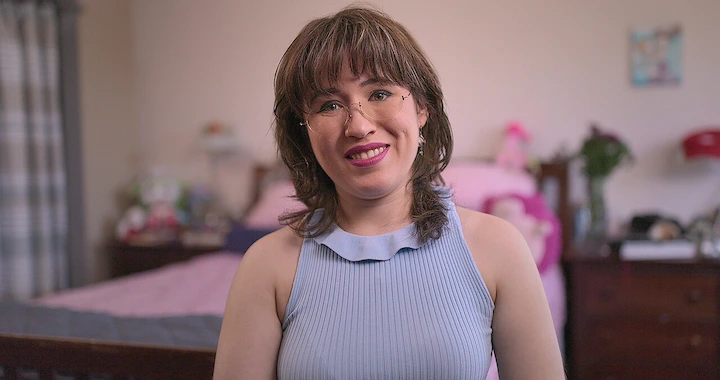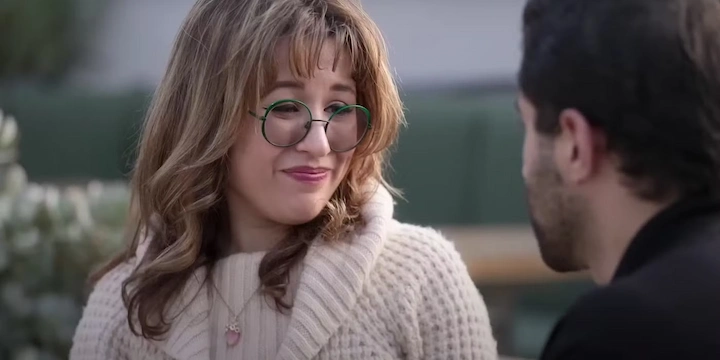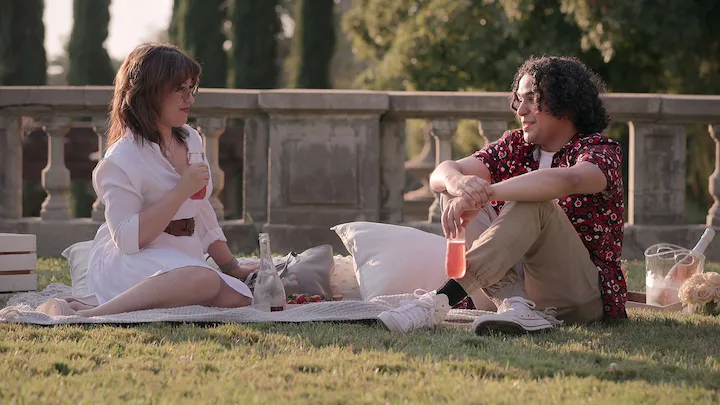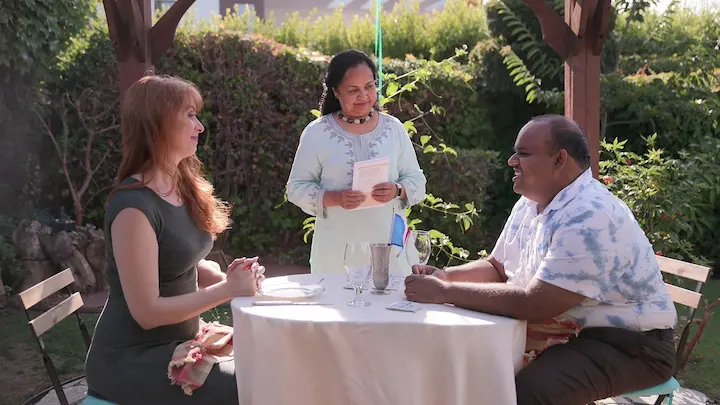Love on the Spectrum Season 3 Release Date, Cast Members, Storyline, Trailer, and Everything
Love on the Spectrum is back for season 3. The docuseries continues to redefine our understanding of romance, connection, and neurodiversity through genuine storytelling and unforgettable personalities.
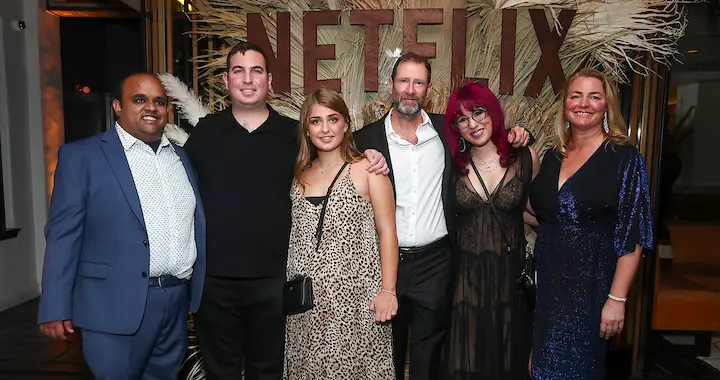
Love on the Spectrum Season 3 Release Date
Love on the Spectrum season 3 arrived on Netflix in early 2025. The streaming platform dropped all six episodes simultaneously so viewers could binge the whole season in one sitting. Each episode continued the roughly 45-minute run time established in previous seasons.
The production team filmed in 2022, and post-production was fast-tracked in late 2022 to find placement in the intended release window. Netflix released the series worldwide in all regions where the streaming service is available.
As it was released, Season 3 quickly attracted both audience and critical acclaim, with the show showing up in the real-time Netflix Top Ten in several markets for most of its run. The favorable early response proved that there was still an audience for honest portrayals of dating for the autistic.
While there have been no official announcements for Season 4 from either the production company or Netflix, talks about what could happen in the next season have been ongoing as far back as March 2025.
Love on the Spectrum Season 3 Cast Members
| Name | Role/Status | Notes |
|---|---|---|
| Abbey Romeo | Returning Cast Member | Still in a relationship with David Isaacman |
| David Isaacman | Returning Cast Member | Still in a relationship with Abbey Romeo |
| Tanner Smith | Returning Cast Member | – |
| James Jones | Returning Cast Member | – |
| Dani Bowman | Returning Cast Member | – |
| Adnan Correa | Returning Cast Member | – |
| Connor Tomlinson | Returning Cast Member | – |
| Madison Marilla | New Cast Member | Inspired by previous seasons, seeking a fun and conversational partner |
| Pari Kim | New Cast Member | Interested in dating women, wants to break stereotypes |
| Jennifer Cook | Relationship Coach | Neurodiversity expert guiding cast members |
Love on the Spectrum Season 3 Breaks Stereotypes
The third season continues this vital work for the show: challenging misconceptions about autism and romance. The series dispels the misconception that people with autism spectrum disorder (ASD) are incapable of having or wanting romantic relationships by featuring real people with ASD who are pursuing active dating lives.
Season 3 portrays different personalities, interests, and dating styles in its cast members. That diversity helps viewers realize that people with autism present differently in each person, counteracting the one-dimensional representations the media so often provides. That means some outgoing, chatty participants, and some are more introverted. Some have narrow, specialized interests, while others have various hobbies.
Another misconception the show tackles is that people on the spectrum lack empathy. Throughout Season 3, cast members show a genuine concern for other people’s feelings and often state that they don’t want to make their dates uncomfortable or upset. These moments show that while autistic people may communicate differently, many feel their emotions strongly and care deeply about others.
Love on the Spectrum Season 3 normalizes neurodiversity in relationships by showcasing real dating experiences. Even if communication style varies, the basic need to be connected and to feel loved is the same.
Love on the Spectrum Season 3 Relationship Developments
The fans of the F-series were thrilled to catch up with couples from prior seasons. Michael and Amanda, who hit it off in Season 2, checked in with their relationship status. Viewers got to see how their relationship has grown, including the struggles they’ve endured.
You also see Ronan and Katie and how their relationship has evolved since viewers last saw them. Their story is an inspiring example of relationships flourishing when partners understand and accommodate each other’s needs and communication styles.
Not every returning relationship has remained the same. Some couples from previous seasons have split, and the show carefully approaches those developments. These stories show audiences that not every connection results in a long-term relationship, which is a healthy part of dating for everyone, on the spectrum or not.
The follow-up stories in Season 3 provide worthwhile insights into how relationships involving people on the autism spectrum develop. They illustrate how patience, clarity of expression, and reciprocity can foster enduring bonds.
Love on the Spectrum Season 3 Impact of Love on the Spectrum
Season 3 continues the series’ significant contribution to autism understanding and acceptance. By showcasing real-life archetypes of individuals on the spectrum, the series helps provide audiences with a better-rounded lens at the nuances of Autism beyond clinical data or conventional tropes.
That means that while the show illustrates how autism affects social interactions and communication (in and out of dating scenarios), it never wholly defines the cast members by their diagnosis. Viewers see the whole person — how they think, their hopes, fears, and dreams, not just their autism.
For many viewers with no direct autism experience, Love on the Spectrum Season 3 is an education, a programme that humanises ASD. The show has also been reported to inspire parents of newly diagnosed children with a more positive perspective regarding their child’s future.
The series also has a unique, visceral appeal to viewers on the spectrum, who seldom see themselves represented authentically on screen. They all greatly respect the show’s sensitive handling and the visibility it gives to the autism community.
Of course, that’s a broad claim, but by centering explicitly on the broad themes of dating and relationships — two universal human experiences — Love on the Spectrum Season 3 offers a tool that can help bridge understanding between neurotypical viewers and those on the spectrum, creating broader empathy and inclusion in society.
Love on the Spectrum Season 3 Filming Techniques and Production Values
Season 3 retains the thoughtful production style that characterizes the series. The filming style is still en passant and respectful, letting such authentic moments unfurl naturally instead of mining for exploitation or manufactured drama.
The production team still structures comfortable filming spaces, knowing many cast members might be sensitive to loud noises, bright lights, or overwhelming spaces. This accommodation is apparent in the breezy tone of interview segments and the somewhat stiltedness of the selected date venues.
Music is used sparingly and appropriately, underscoring emotional beats without dominating them. The editing walks a fine line, giving us entire conversations—or what might be a whole conversation if we weren’t in a TV show and there wasn’t a pause or a socially awkward moment that another show might take out—that remain compelling to watch.
The producers continued their commitment to ethical representation in Season 3. The cast members are never depicted as objects of pity or ridicule. Instead, the show embraces what is brave, honest, and human about them. This respectful approach is distinct from other reality dating shows that play up drama at the cost of dignity.
The season also incorporates thoughtful educational elements. Occasionally, experts offer some context about autism without truncating the participants’ natural progression of stories. These segments are informational and aim to give viewers more insight into certain behaviors or challenges they may encounter.
Love on the Spectrum Season 3 Viewer Reception and Critical Response
Season 3 of Love on the Spectrum received a positive response from critics and viewers alike. Many applauded the show’s sustained dedication to authentic representation and ability to be both educational and entertaining.
Viewers specifically praised the range of experiences depicted in Season 3. Many pointed out that with a larger cast, the show could depict a wider range of people on the autism spectrum. The cast members received rave reviews on social media, garnering fan favorites and meme moments and igniting conversations about neurodiversity.
Critics praised the show for balancing endearing moments and a realistic depiction of the difficulties. Multiple reviewers commented on how the series stays uplifting without veering into inspiration porn, honoring the dignity of its participants while still celebrating their accomplishments.
The autism community response largely remained positive, and many autism advocates praised the show for its respectful approach. Some constructive criticism centered on a desire for even greater diversity, including more representation of autistic people of color and people with higher support needs.
The success of Season 3 shows the public’s interest in true stories about neurodiversity. The show enlists new audiences via streaming platforms, expanding its positive impact on autism awareness worldwide.
FAQ
Q. When did Love on the Spectrum Season 3 come out?
A. In early 2025, Netflix released Love on the Spectrum Season 3. Streamers could also stream all six episodes at once. Each episode is about 45 minutes long.
Q. Is Love on the Spectrum scripted?
A. No, Love on the Spectrum is a documentary series. Everything here is accurate, including the interactions and conversations. The production team sets up each scene and creates a safe space for participants but doesn’t direct them or tell them what to say and do.
Q. What is the process for being chosen for the show?
A. The casting process is selective, ensuring diverse representation of autism spectrum experiences. The production team collaborates with autism organizations and community networks to identify singles interested in dating who are comfortable sharing their stories on camera.
Q. Has Love on the Spectrum received any awards?
A. Yes, the show has won multiple awards for its high-quality production and authentic representation of autism. These awards honor the show’s impact on perceptions of autism and relationships.
Q. Will there be a Season 4 of Love on the Spectrum?
A. The show’s popularity and success usually indicate more seasons, though no announcements have been made as of this writing (October 2023). Hungry fans have been waiting for news of the series’ continuation.
Final Thoughts
This season of Love on the Spectrum continues the series’ important work around changing the ticketing of autism and relationships. By telling these stories candidly and respectfully, the show leaves no doubt that love and connection are universal human needs that cross the neurological divide.
The series works because it prioritizes the humanity of its participants instead of allowing their autism diagnosis to be their defining characteristic. These are all common parts of the dating experience, so watching a cast member’s hopes, disappointments, awkward moments, and triumphs is relatable for viewers.
Shows such as Love on the Spectrum are necessary for society to become more understanding and accepting of neurodiversity. Season 3 explores this notion. People deserve the opportunity to cultivate meaningful relationships, no matter where they land on the scale of human neurology.
Love on the Spectrum has had an enduring impact beyond entertainment. It broadens minds, sparks discussions, and contributes to a world where differences are tolerated, appreciated, and respected. Season 3 continues that work, changing hearts and minds one episode at a time.
Table of Contents
